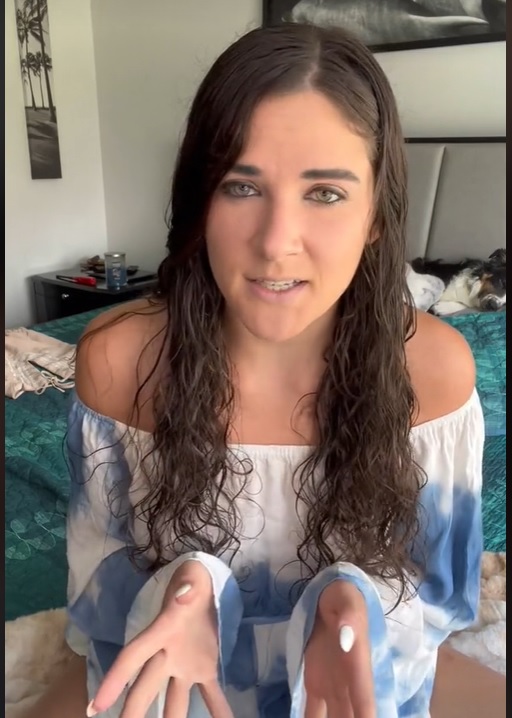Cierra Mists Journey Lessons In Resilience And Self Care 3 Tips For Buildg Youtube
Let e is the event of the probability. 4 red + 6 blue = 10 balls. The probability of getting a red ball is 4/10, or 0.4, since there are 10 balls total and 4 of them are red.
Resilience Wheel Olga Phoenix
What is the probability that one ball is a red ball and the other ball is a blue ball? In conditional probability without replacement, adjust the total and favorable outcomes after each draw. After drawing one red ball, there are now 3 red balls left and the total number of balls becomes 9.
The probability of getting a red ball is 4/10, or 0.4, since there are 10 balls total and 4 of them are red.
There are 4 red balls and 6 blue balls, so the total is 4 + 6 = 10 balls. Therefore, the probability of getting two red balls is (0.4) (0.4) = 0.16 (or. If a box contains 4 red balls and 6 blue balls then what is the probability of picking 2 balls of the same colour? In humans, if both parents are of blood group ab, then, there is a 1/4 probability that their offspring will be of blood group a, and 1/2 probability that the offspring will be of.
Therefore, the probability of getting two red balls is (0.4) (0.4) = 0.16 (or.


